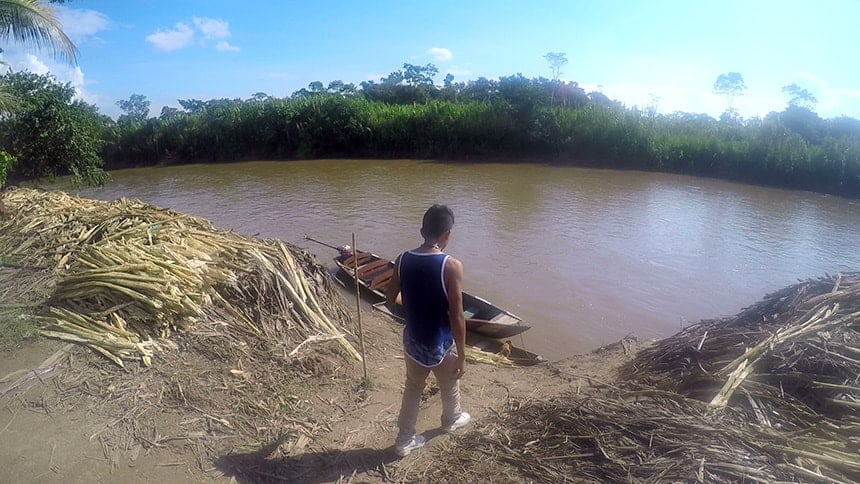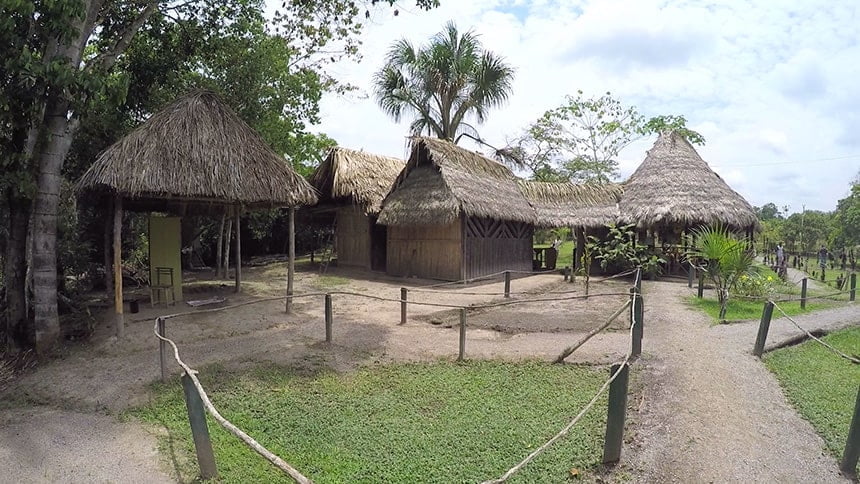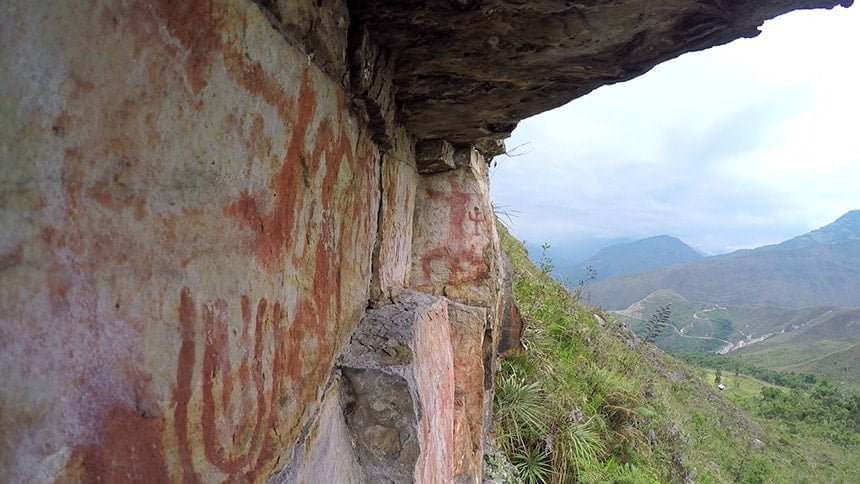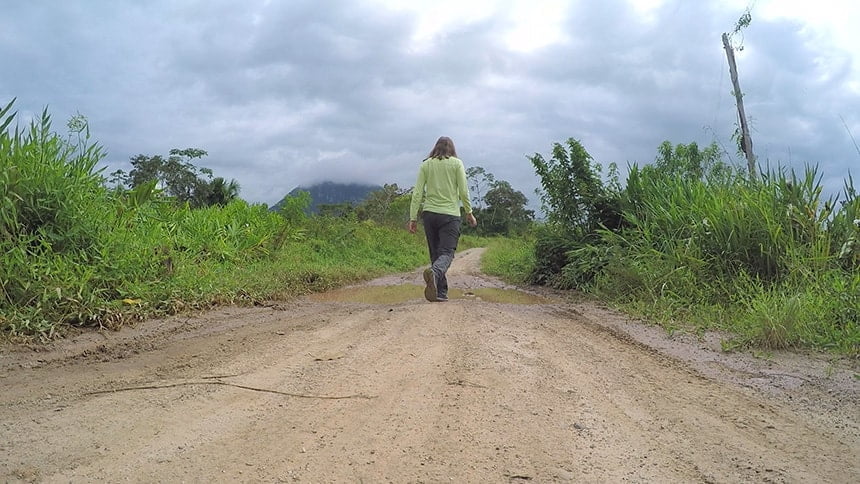Welcome to San Martin!
It has waterfalls, orchids and butterflies, and is characterized by florid landscapes and a tropical environment. The Río Abiseo (declared a UNESCO world cultural and natural heritage site) and Cordillera Azul National Parks are sanctuaries for endangered species. Its lakes, like Lake Lindo and Lake Azul, have crystal-clear water, and there are towns and cities surrounded by vegetation, such as Lamas, Rioja, Moyobamba and Tarapoto.
Its archaeological sites are not well known, for example the citadel of Gran Pajatén.
Sights
Main attractions in the city
The main attraction is a fountain with three waterfalls decorated with statues representing the beautiful women of the jungle.
A centre for the study and conservation of native flora and exotic plants.
Ideal for seeing many types of orchid, fern, bromeliad and a large variety of other plants.
Name for the San Juan, Tahuishco, Fachín and Doñe viewpoints. The most beautiful sunsets can be witnessed from the striking slopes.
Main attractions beyond the city
Known for their medicinal properties, it is said that the waters are ideal for treating arthritis, rheumatism, muscular pains and stress. The temperature varies between 32°C and 40°C.
A wet and globally unique ecosystem due to its altitude (800 masl). Highlights of its abundant plants are the aguaje palm and the renaco. This is a habitat for mammals (otters, capuchin monkeys, marmosets, tufted capuchin monkeys and sloths), birds, fish, reptiles and insects.
Located deep within the high jungle (600 masl). A natural panoramic 360° viewpoint featuring calcium formations, with a climate typical of wet cloud forests, the area is mild by day and cold at night.
Surrounded by leafy vegetation, its waters come from the Paccha ravine. There are three, 30-metre high waterfalls that form natural pools ideal for bathing.
Located in the hills of Ahuarpía, its waters come from the Plantanayacu ravine. The waterfall is 10-12 metres high.
Known as the “ciudad de los sombreros” (city of hats), it is located next to the Uquihua ravine. A region famous for its handicrafts made using woven straw and colourful textiles. Mashuyacu Lagoon is located very nearby; it is the ideal place for seeing herons, kingfishers and Muscovy ducks.
Located within the Alto Mayo Protected Forest, the caves have stalactites and stalagmites that have formed whimisical shapes.
The source of the river is at the foot of a mountain, 898 masl. Its cool and crystal clear waters form natural pools and waterfalls during its journey.
Tarapoto has nightlife to suit all tastes. In the clubs and pubs, visitors can enjoy the rhythms of rock, salsa, Colombian vallenato and Brazilian samba. They can sample exotic drinks made with sugar cane alcohol, including uvachado and cerezachado.
Located within the Alto Mayo Protected Forest, the caves have stalactites and stalagmites that have formed unusual shapes.
A 35-metre deep body of water, covering some 350 hectares. The temperature of its waters varies between 25°C and 28°C. Its colour varies between green and blue. A habitat for herons, kingfishers, sachapatos, eagles, many types of amphibian, reptile and fish. Surrounded by fruit, corn, bean, plantain, yucca and rice plantations, as well as meadows.
A private eco-tourism reserve in the extreme south of the Laguna Azul (Blue Lagoon). Formed by two small lagoons: Limón Cocha (Lemon Lake), known for its salty water, and Sunicocha or Lago Lindo (Beautiful Lake), featuring extraordinary vegetation and a large variety of birds and insects. A highlight here is how the tree canopies stand out from the lake, providing birds with a home for their nests, particularly among the ferns.
Figures of animals, plants and some linguistic symbols in low relief. Researchers have yet to determine to which era these belong. It is thought that they belong to the early period of the Chachapoyas Civilization.
A 40-metre high waterfall found on La Escalera mountain (465 masl). The waters flow over a rock surrounded by thick ferns, orchids and different species of tree. In the nearby area, visitors can see a wide variety of butterflies, birds and insects.
Founded in 1656, this is one of the oldest towns in the Peruvian jungle. Located at the summit of a hill (1,000 masl), with steep, terraced streets. It is said that the first level was for the Chankas from the south, the second for the mestizos and the third was used as a viewing point. Divisions between the Indians, residents from the town of Lamas and mestizos still remain today, with each group celebrating their patron festivals separately. Despite being in the jungle, the structure of the houses is entirely akin to those in the mountains, probably due to the origin of its inhabitants. The Wayku neighbourhood is inhabited by descendants of the Chanka braves, who still maintain their ancestral traditions.





Leave a Review